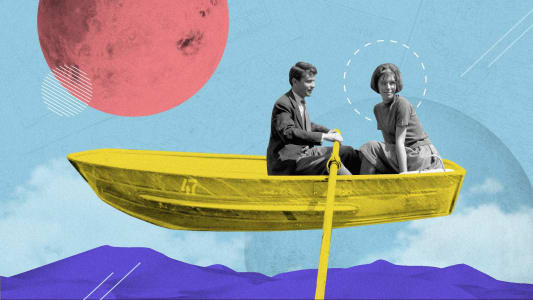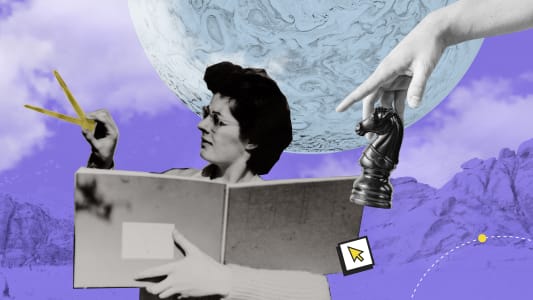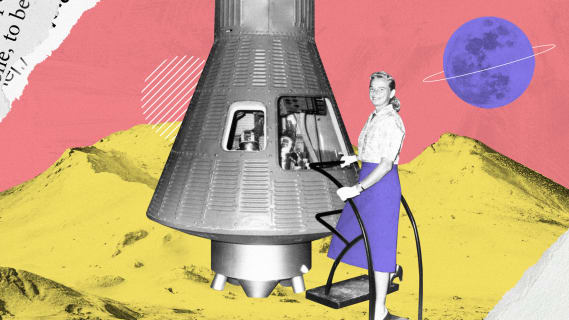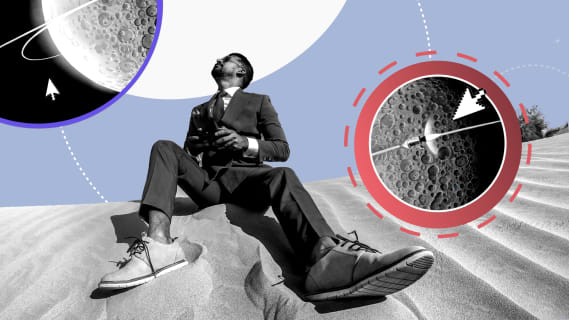User Journeys: the key to understanding and increasing user engagement
Digital designers know that successful products come from putting the end user at the heart of the design process. User engagement depends on knowing your users, and the way to know them is through drawing up target personas and mapping out user journeys – the key touchpoints and steps users take in using your app or website. This principle goes wider than just product design. Understanding user journeys is key to your customer campaigns and wider business engagement. This article looks at user journeys as opportunities for enhancing your marketing strategies.
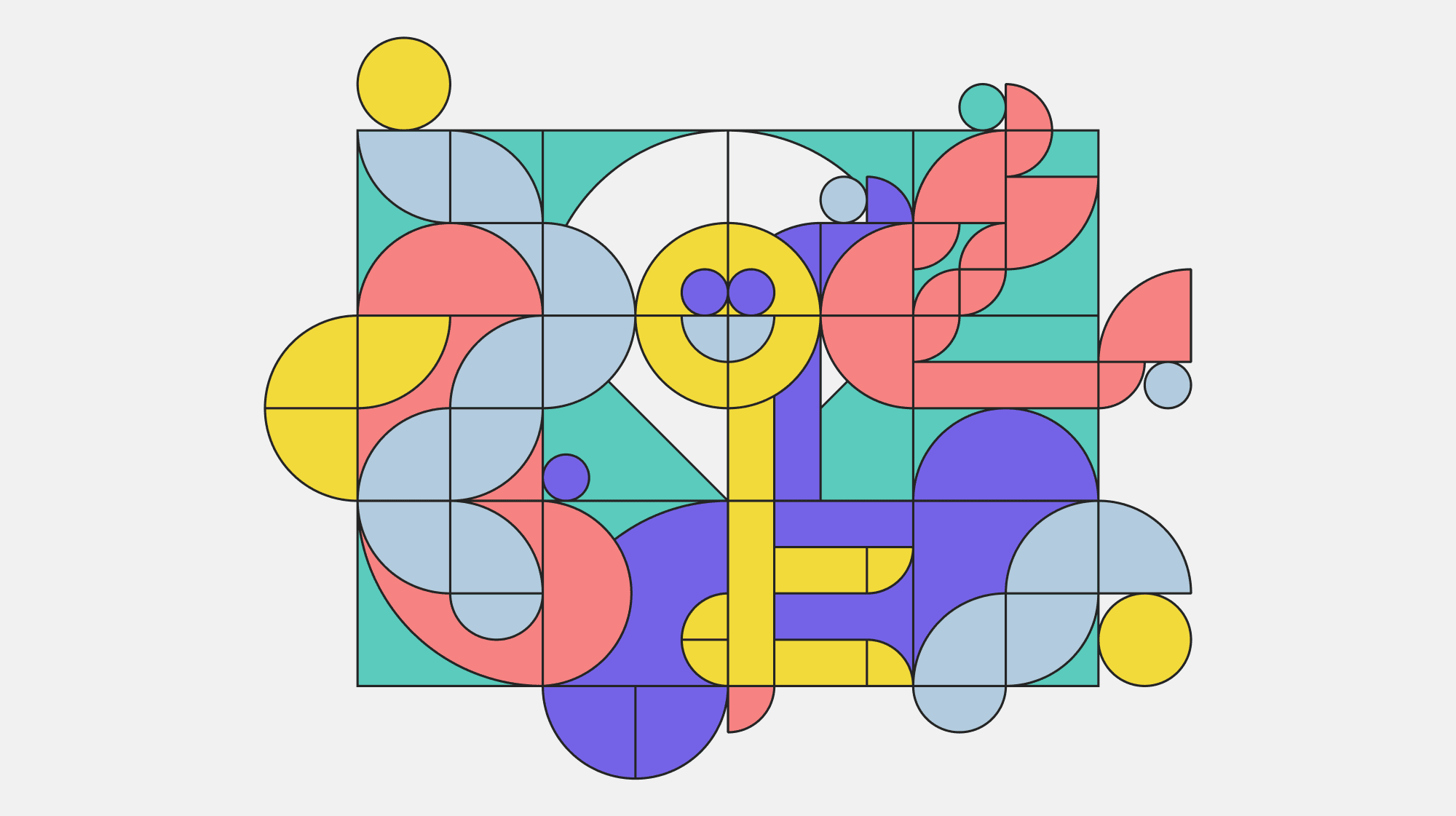
Table of contents
How to define user journeys
If you want to understand your end users and customers, you need to know exactly what they want and how you propose to get them there. In digital product design, this means mapping their journey with your product: the step-by-step journey they take, every interaction with your app or website, and every decision they take along the way. The output is usually a form of flow diagram, visually depicting the user’s experience.
The same can be done on a broader level with customers. A similar flow of maps can be created to visually represent the customer’s experience with the company – every contact point or interaction offers insights into customer needs, motivations, and behavior. Understanding the details of this journey can be used to develop a more customer-centric approach to marketing. Initially – focusing on the later stages of the sales funnel – this can make a big difference to conversions. Continuing to track the customer journey after conversion can be used to encourage customer loyalty and increase lifetime value.
What’s more, your customers expect you to know them:
- 63% of consumers expect businesses to understand their needs and expectations
- 76% of B2B buyers expect the same thing (Source: Salesforce)
How to use a user journey map
First, you need to ensure your mapped journeys are accurate. The best user journeys (and customer journeys) focus not only on tasks that the user must carry out, but also on key questions and decisions facing the user in their experience with you. Consider their emotions at each stage – what is driving them to continue (or causing them to quit)? How can you discover all this valuable information? The answer is user research – surveys, engagement, and interviews – all with real user/customer representatives. Any useful model is based on reality, and your user journeys must reflect real-life scenarios and challenges for the user.
Designers can then take this information and improve their digital products by:
- Creating simple and intuitive navigation – keeping product use seamless by minimizing user confusion and unnecessary clicks.
- Optimizing touchpoints – a touchpoint is a click, a message, a submission… and every touchpoint should bear user engagement in mind. Do the content and visuals engage or discourage?
- Accessibility – the likelihood is that access to the product is via a variety of devices (though mobile is almost certainly the most common); however, accessibility also means considering users with a disability, and the constraints of accessing functionality under different circumstances.
- Continuous feedback – establishing a means of regular feedback from users can drive ongoing improvement and refinement of the product.
Once you have a customer journey map, the same principles – creating a simple and intuitive journey, emphasizing engagement, ensuring accessibility, and seeking feedback – apply to using the journey to optimize marketing strategies and wider customer contact
- Identify key insights – Where are the conversion points? Where are the moments in the customer journey that you can take action? What new conversion points can you add (e.g. if you notice that webinar attendance boosts conversion, how can you maximize webinar attendance)
- Focus on messaging – What are you saying (either openly, deliberately, or implicitly) to customers at each stage of the journey? Does your messaging encourage them to continue, or are you losing people?
- Entry points – At which points do customers begin their journey with you? Some may identify a need and then find you through research. Others may have a need prompted tangentially (e.g. by reading an article on an associated topic). Think about how you can guide different types of customers to join the journey.
- Focus on channels – Which of your marketing channels works best for your customers? Why is that so? Are there any insights which you can apply to other, less well-performing channels?
Often, a way to maximize the benefit from user or customer journeys is to collaborate with a third-party service provider. They can offer a combination of process expertise and objectivity to provide insights and suggest actions that might be more difficult from an internal perspective.
Benefits of user journey mapping for customer engagement
Success can depend on a focus on the customer’s journey. Studies show that 80% of customers believe their experience with you is as important as the products or services you provide (Source: Salesforce). Such user journeys can be complex – from the first stages of the customer’s awareness (of their ‘problem’ and your product as a solution) through research, consideration, and a decision. Along the way are many influencing factors (reviews, your website, product demos, your sales representatives…) The good news is that a complex, multi-stage user journey offers multiple opportunities for customer engagement and motivation.
A study from SAS, Data Elevates the Customer Experience, notes that using data and insights to manage the customer experience carries observable benefits:
- Faster decision-making (67%)
- More confident decisions by managers and employees (49%)
- A more comprehensive common enterprise view of customers (51%)
- Better collaboration between departments (36%)
What’s more, making the most of the insights from user and customer journeys allow you to make more personal offers to specific types of customer; especially to existing customers who are already engaged (past the point of initial conversion) and have the potential to become loyal ambassadors. The result? Deeper value for long-term customers and consequently greater competitive advantage.
User journeys for user engagement
Ultimately, whether it’s for a single digital product or the entire business, your success depends on your end users and customers. Defining user journeys brings a deeper understanding of what your customers are looking to you for, and why some people never become customers at all. Analysis and insight can be used to create frictionless customer experiences that attract and engage; encouraging more long-term customer relationships. After all, if your customers don’t enjoy the journey with you, they will travel with someone else!
Share this article:


